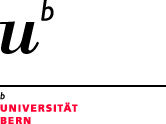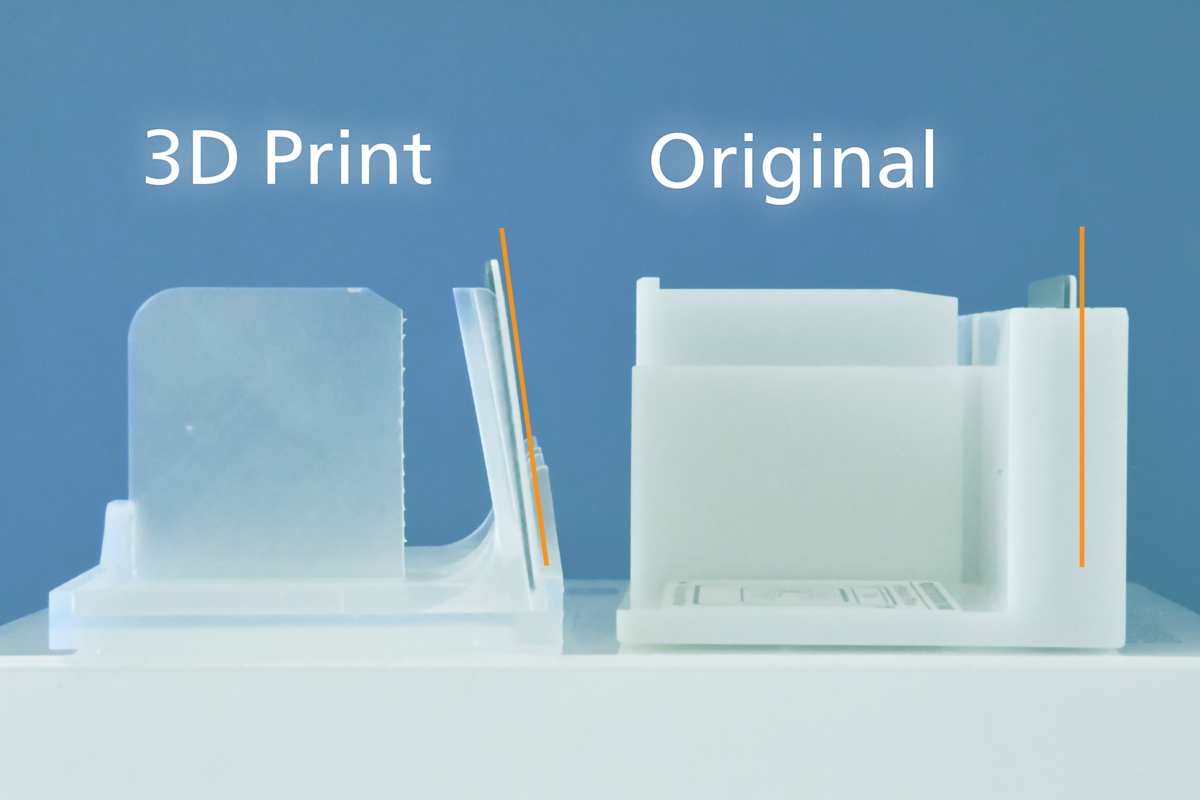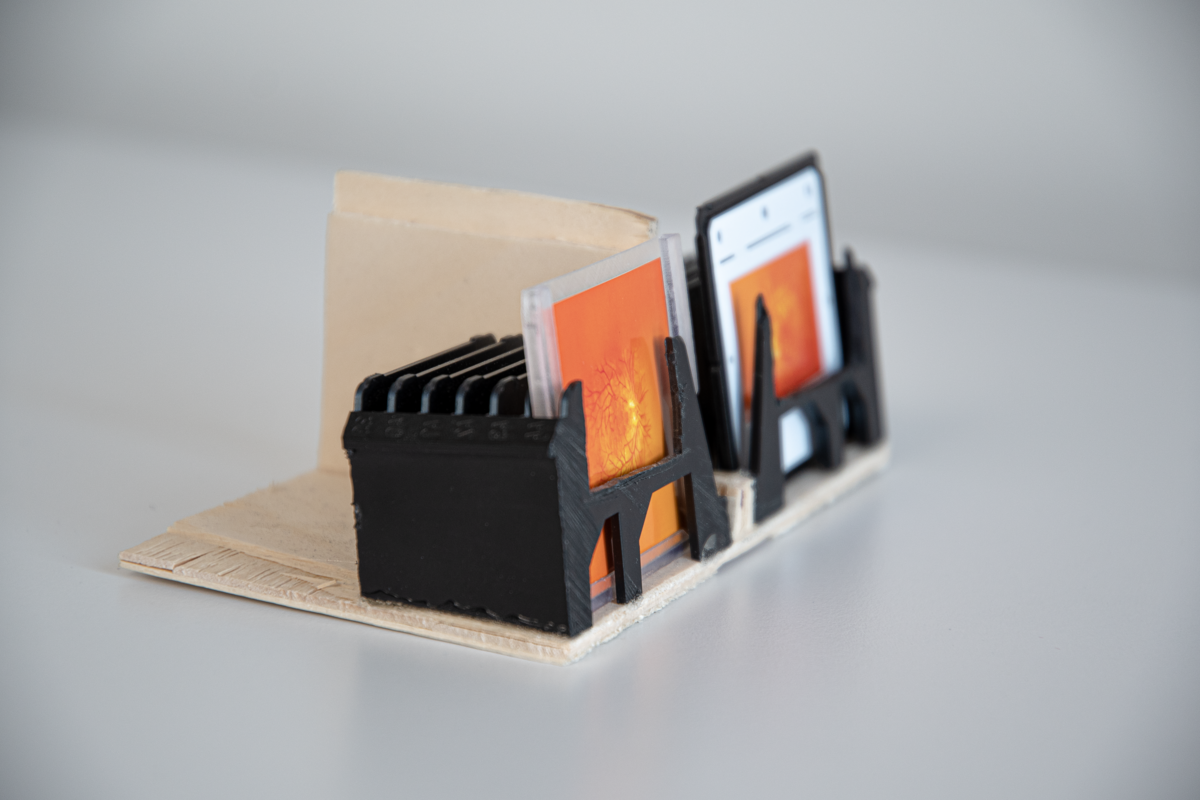Exams should be valid, objective and reliable. That’s why the Department of Education and Media at the IML is extremely committed to presenting simulated findings as true to reality as possible in the OSCE. We not only develop skin conditions with moulages, but also optimize commercial simulation models with digital workflows or 3D printing solutions. Our improved slide holders and eye conditions are examples of this.
Case study
One of the frequently used simulation models for examining eye backgrounds currently employs normal slides, which are inserted into the simulation model with a special holder and examined with the ophthalmoscope. In order to be able to present new conditions, such slides must be developed externally by specialists with long delivery times. Slides offer a very fine resolution, but the colour is too dark and too low in contrast for this application. The edge of the commercially available slides fits into any slide projector - but it is too large for use in the eye model, so that it generally results in a confusing visual field during the examination. Because of this, the simulation of eye conditions has been a weak point in tests.
Improvement of the eye conditions with photo paper
As a first step, we used a high-resolution thermal sublimation printer to replace the slides with high-quality photo paper made ourselves. The colours and contrast are now much closer to reality.
New challenges
Due to the improved quality of the photo paper, an existing limitation became much more noticeable: Both the analogue slide and the new photo paper caused a reflection. And it occurred exactly where it was most annoying - in the centre of the feature.
In our interdisciplinary team, consisting of media supervisors, media specialists, designers and doctors, the idea arose to tilt the holder of the pictures slightly and thus remove the reflection from the central field of vision. With a 3D printer an improved holder could be produced.
First of all, a new slide mount prototype for use in the simulation model was literally "carpentered together" and showed that the reflection was now less disturbing. The doctors in the AUM team examined the result and gave the go-ahead for the next steps. A 3D prototype was digitally created and produced using a 3D printer. This was then adapted and optimized in a professional CAD programme. The 3D printer is perfectly suited to produce the small batches we need.
Was it all so easy?
Not quite. With 3D Printing unexpected obstacles always arise: edges that are not printed cleanly or inclusions that occur unexpectedly. The 3D printer is far from being equivalent to an industrially cast piece. The technology is still evolving and does not necessarily deliver better quality.
The fact that we can now produce in-house means that we gain time and resources.
With digital photo printing and the 3D printer, we have been able to significantly improve the simulation during a practical test.





